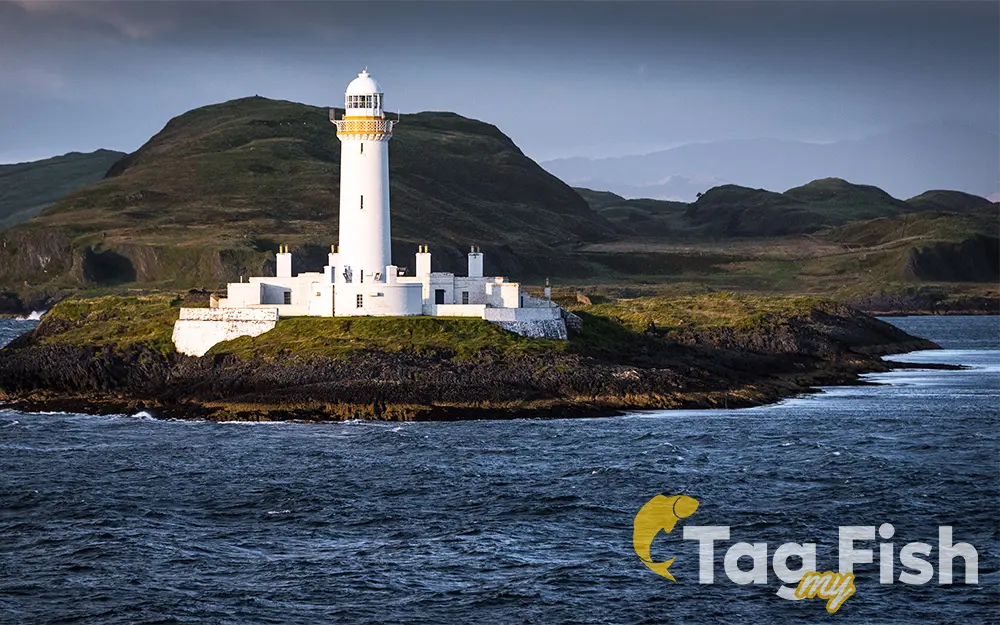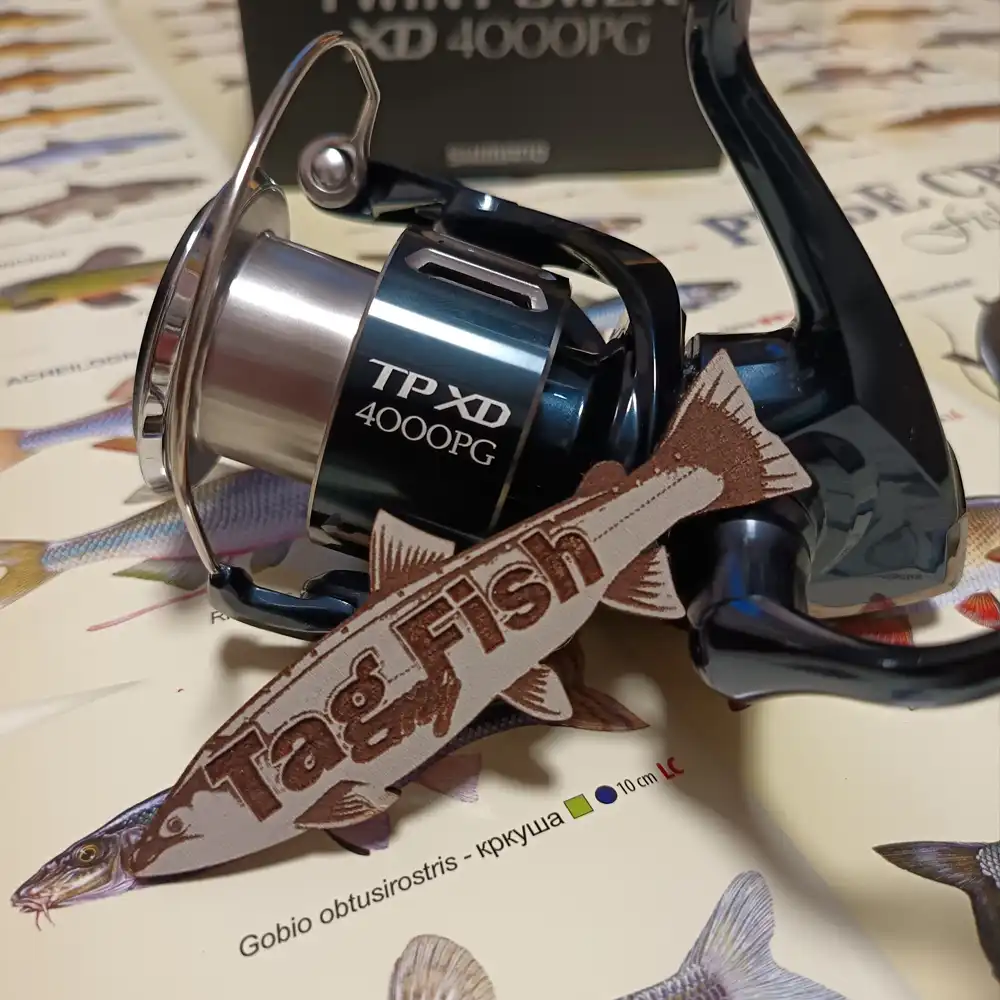Firth of Lorn

General data
- Name: Firth of Lorn
- Water system: Atlantic Ocean
- Water type: Bay
- Progression: Atlantic Ocean -> Planet Earth
- Climates: Temperate
- Continents: Europe
- Countries: Scotland (UK)
The Firth of Lorn or Lorne (Scottish Gaelic: An Linne Latharnach) is the inlet of the sea between the south-east coast of the Isle of Mull and the mainland of Scotland. It includes a number of islands, and is noted for the variety of wildlife habitats that are found. In 2005, a large part of the Firth became a Special Area of Conservation.

 English
English
 Spanish
Spanish
 German
German
 French
French
 Serbian
Serbian
 Russian
Russian

